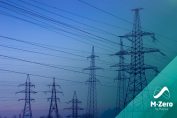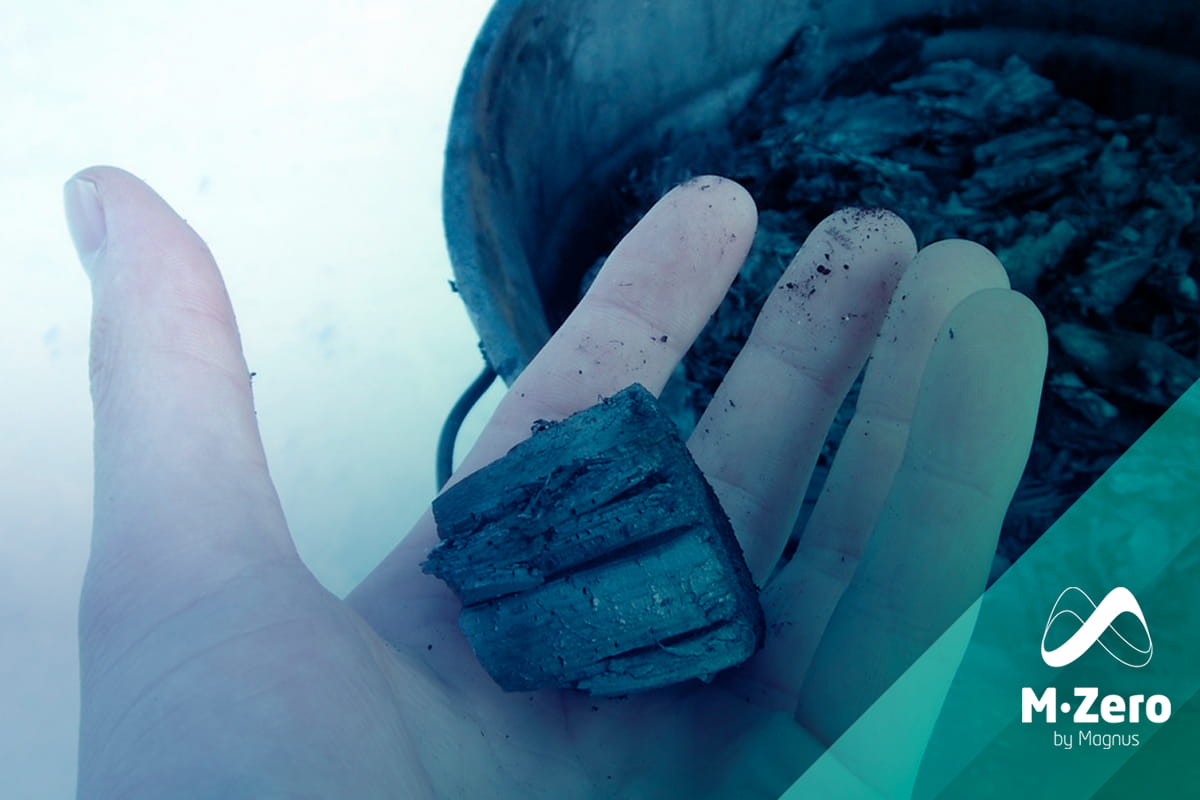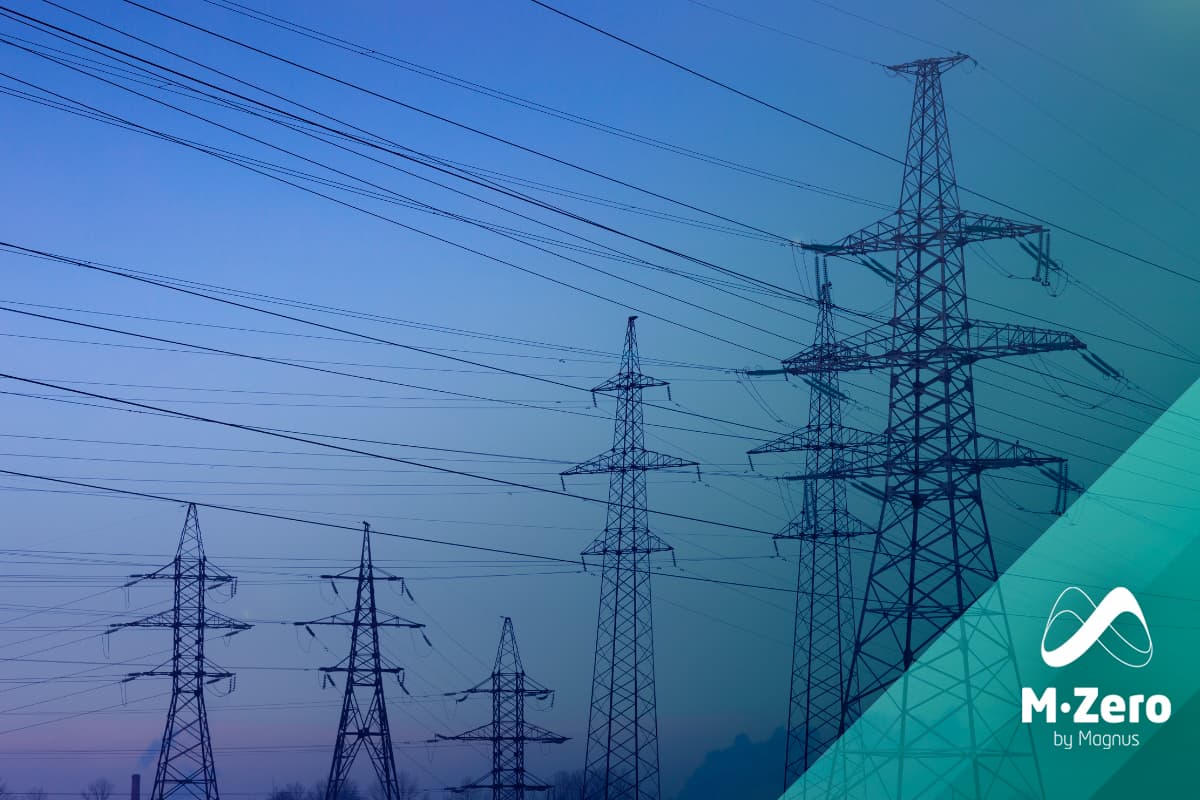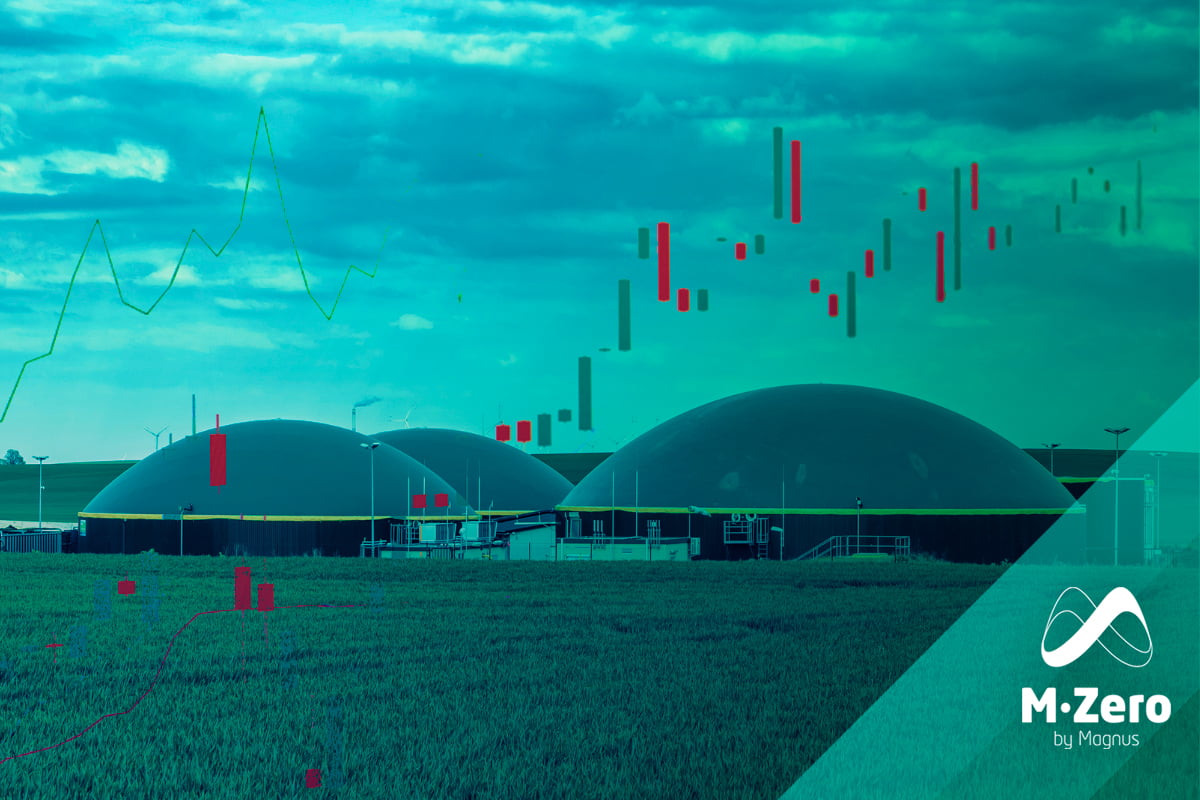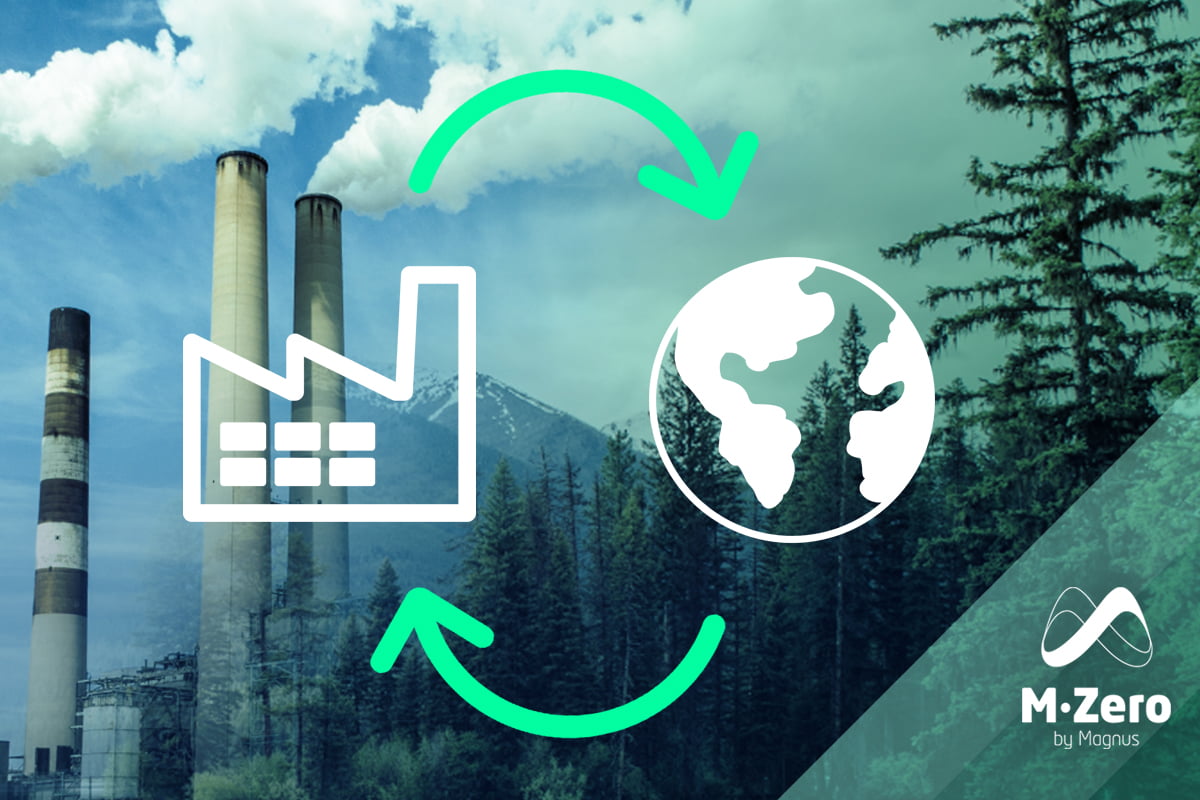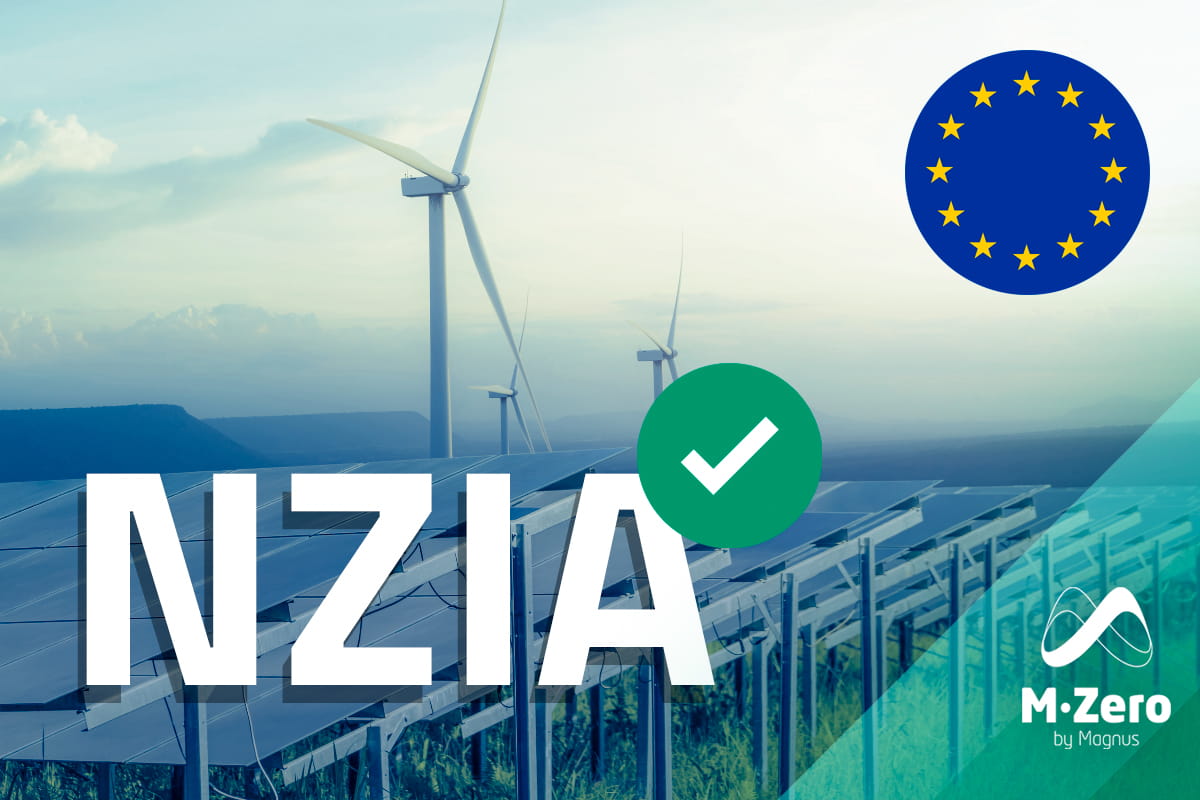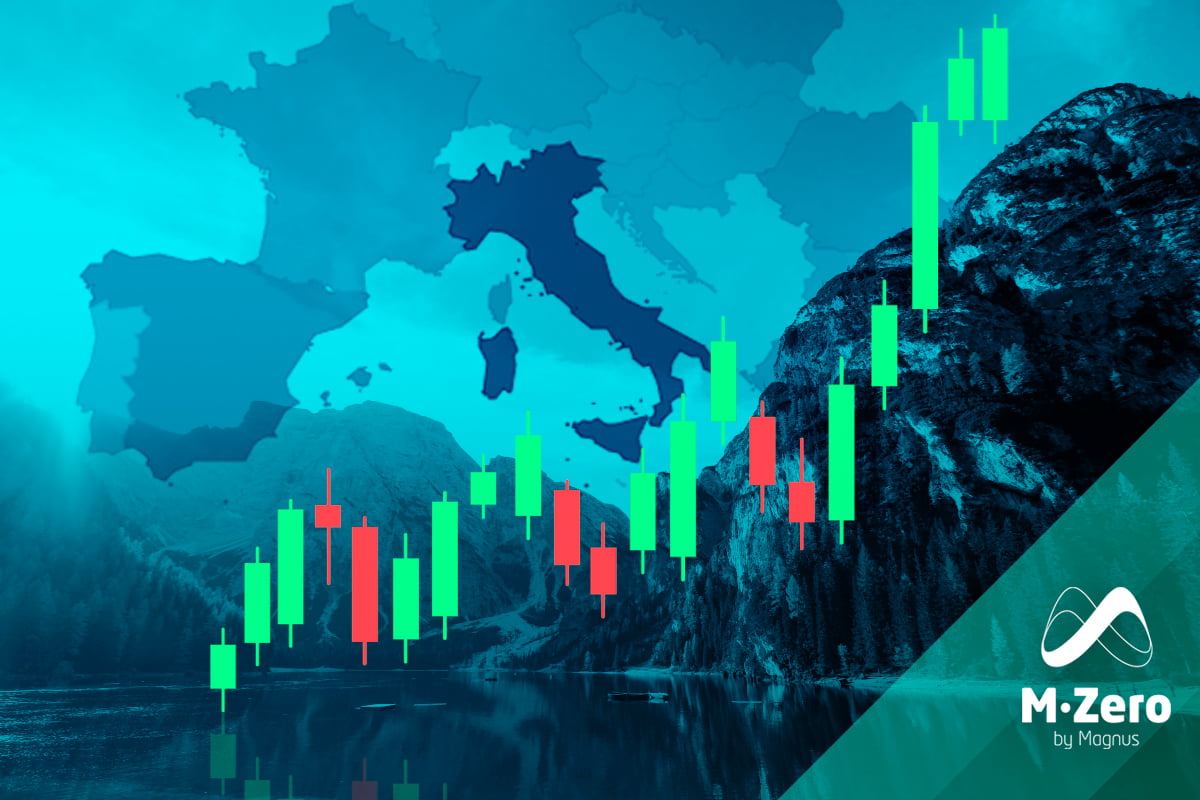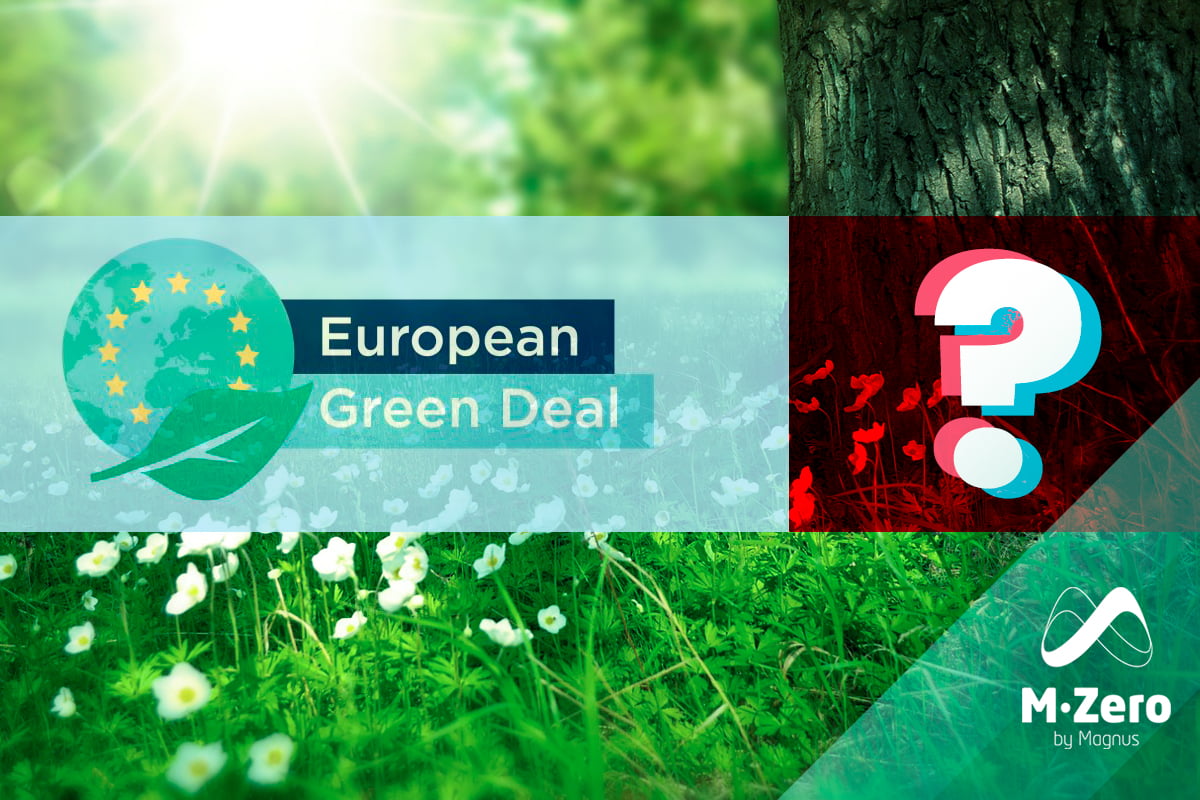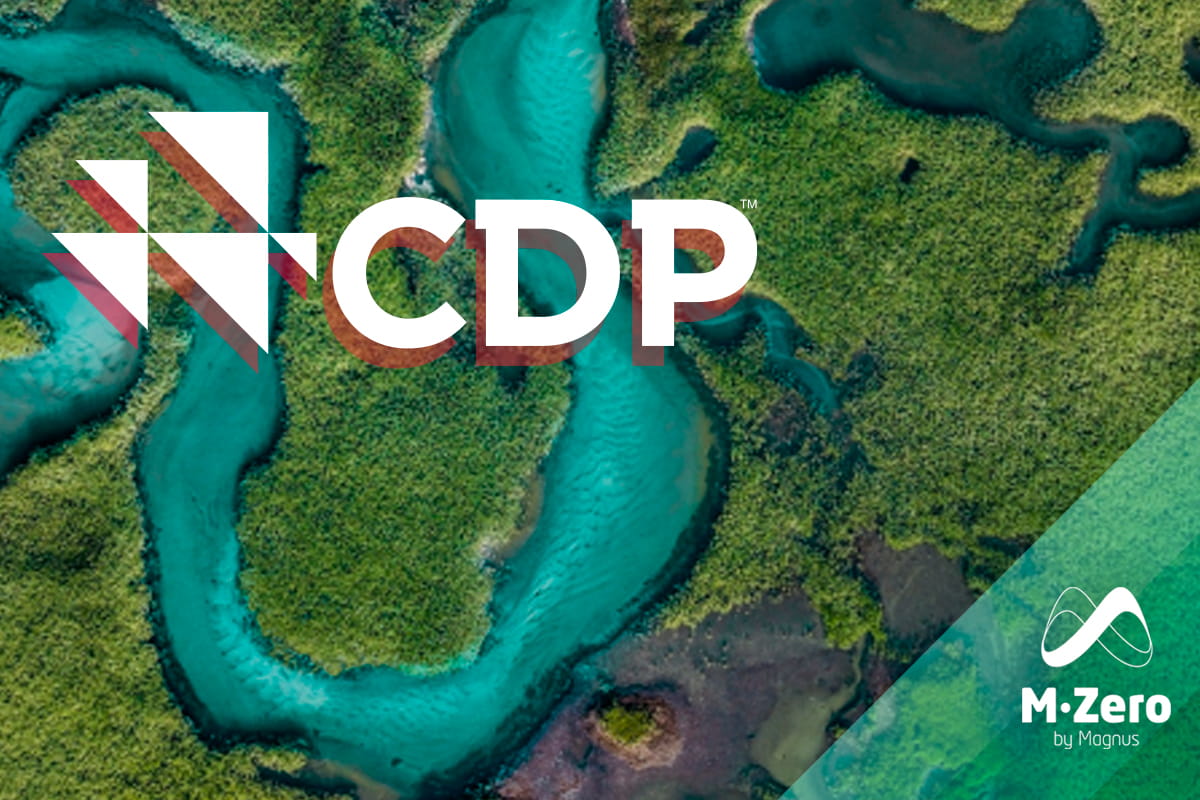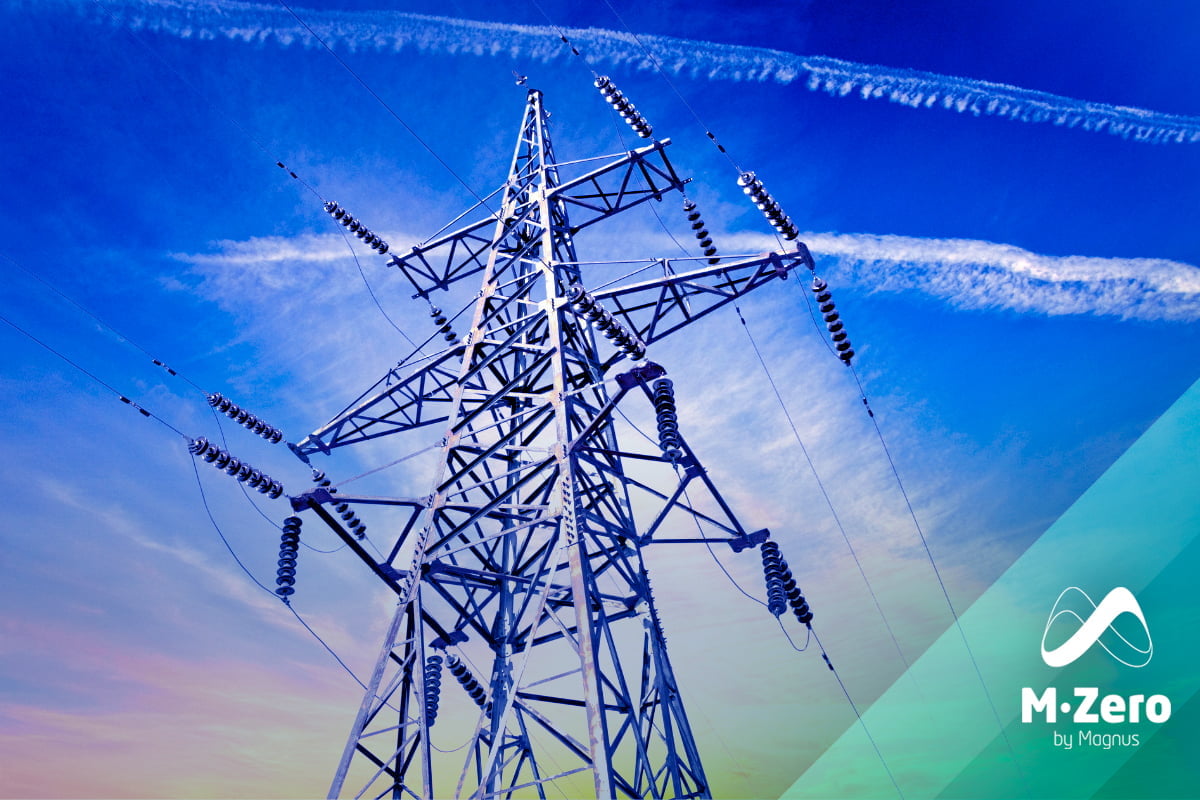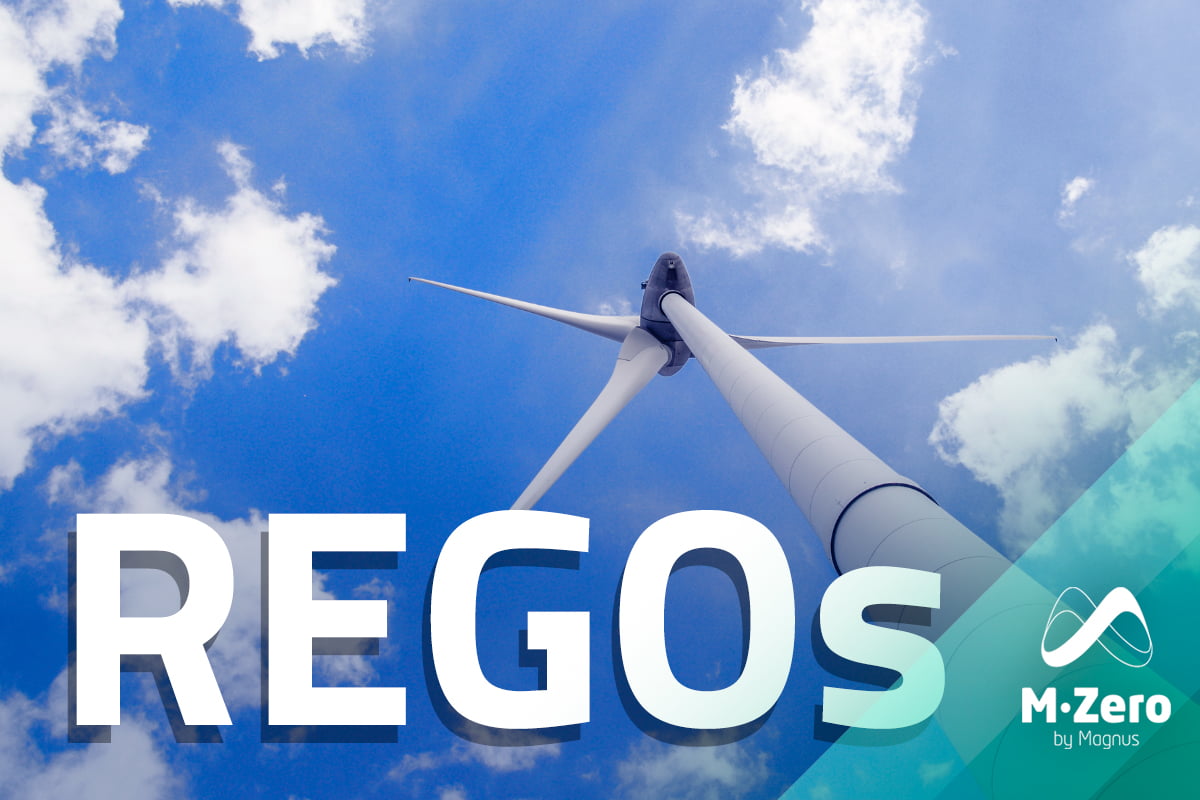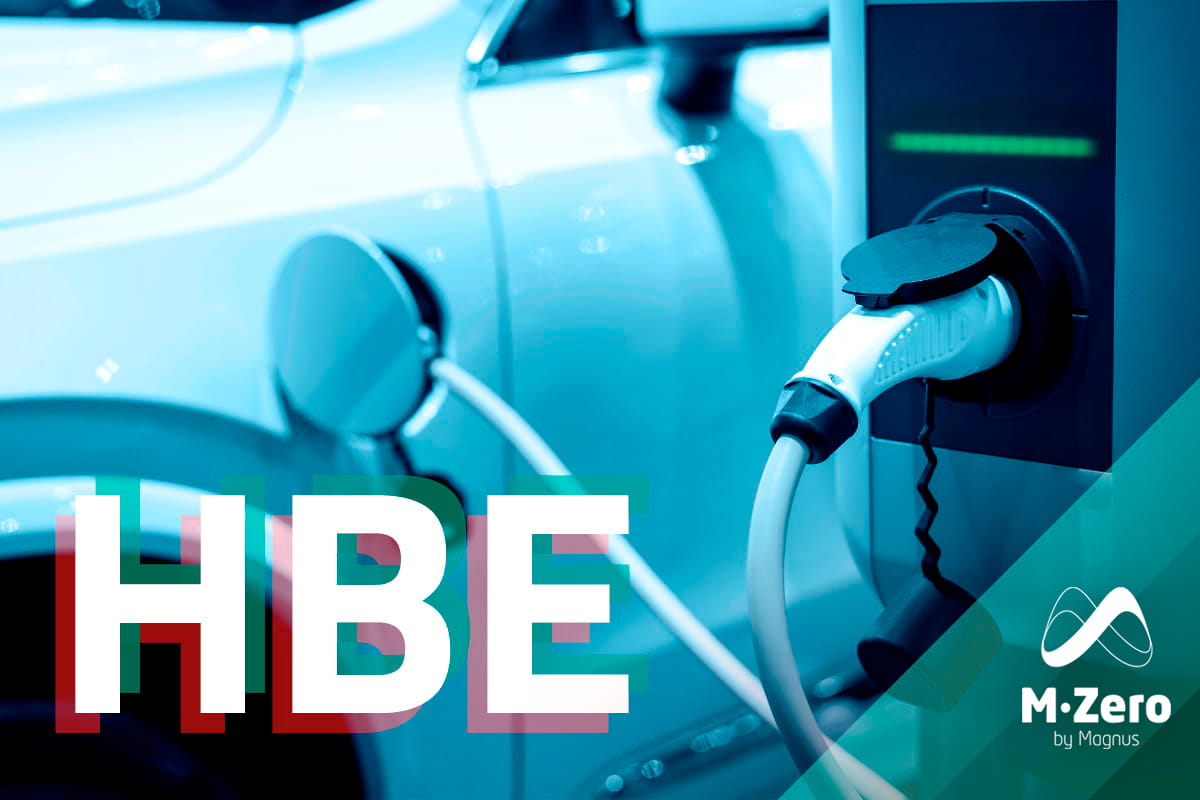
The Renewable Energy Directive – RED – is the legal framework for the development of renewable energy in the EU. It sets standards for renewable energies and sets binding targets for the whole bloc.
RED III is the latest version of the Directive. It raises the EU renewable energy target and clarifies the rules on guarantees of origin, power purchase agreements and various types of renewables. RED III raises the EU’s renewable energy target, setting 42.5% of the bloc’s total renewable energy consumption to be renewable by 2030.
The RED III renewable energy target is in line with that of the EU’s REPower Plan. For electricity in particular, the EU expects total generation to reach 3.450 TWh in 2030, of which 72% will be renewable.
Guarantees of Origin
The revised EU renewables directive, which encourages granular guarantees of origin (GOs), could bring credibility to the market, but risks creating more complexity, some market experts said. It includes several changes affecting the GO market, including encouraging the timestamping of certificates, which currently match renewable production with consumption on an annual basis.
RED III adds important rules also around the size of GOs. It states that the guarantees “shall have the standard size of 1 MWh” but can be “split into fractions of size”, as long as the fraction is a multiple of 1Wh. This encourages Member States to issue more granular GOs for renewable electricity, with a timestamp closer to the actual time according to the imbalance settlement period.
The directive also opens the possibility for Guarantees of Origin to be issued for non-renewable energy sources. It also maintains the possibility for Member States to refrain from issuing GOs for production that has received government support. Granular GOs would also create a “completely new game in terms of price differentiation”, as technologies that could produce green energy 24 hours a day would have an advantage over those that only produce during certain hours.
European Market Movements
Last week the AIB approved its strategy for 2024 and this includes work on granular certificates, which is nothing more than the option to take GO to an hourly level of detail. Although there is a diversity of opinion on this, the option of granularity is on the table, with RED III readiness as the flagship.
In 2024 AIB will aim to:
- Facilitate Granular Certificates: update the EECS framework to facilitate the option for issuing bodies to issue, transfer and cancel Granular Certificates.
- Standardize Granular Certificates: update the EECS framework to standardize granular certificates, with the aim of achieving efficiency and robustness.
- When integrating granular certificates into EECS:
- a) Facilitate a gradual transition for members and respect various paces of implementation at the national level.
- b) Recognize that there are multiple options for GOs to cohabit with Granular Certificates and, consequently, allow freedom of architecture of IT systems at the discretion of the rule setters.
PPAs
The EU wants more renewable PPAs. To encourage them, RED III determines that these agreements should be free of “disproportionate or discriminatory procedures and burdens” that may dissuade organizations from signing them. Member States should also explore mechanisms that “reduce the financial risk” of PPAs, such as credit guarantees.
Member states should also ensure that “any associated guarantees of origin can be transferred to the purchaser of the renewable energy” of a PPA. These clarifications come at the same time as GOs are included in more areas of European climate policy, such as the Corporate Sustainability Reporting Directive.
Monitoring the balance of the market
The GO market has recently reached a supply-demand balance that, from 2022, keeps prices above historical averages. The new directive states that the European Commission will now monitor the market balance. By 30 June 2025, the Commission will produce its first assessment of the “functioning of the system of guarantees of origin”, where, if it finds any imbalance, it will “identify the relevant factors affecting supply and demand”. RED III does not specify exactly how the Commission will do this or what measures it will take following the assessment.
As RED III states, GOs are “a key tool for consumer information as well as for a wider uptake of renewable energy purchase agreements”. We expect further developments in the same direction and more stakeholders to join the market.
Hourly certification would also complement the deployment of green hydrogen following recent EU rules on the hourly adaptation of hydrogen production to renewable sources from 2030 onwards.
If you found it interesting, please share it!
Recent Articles




